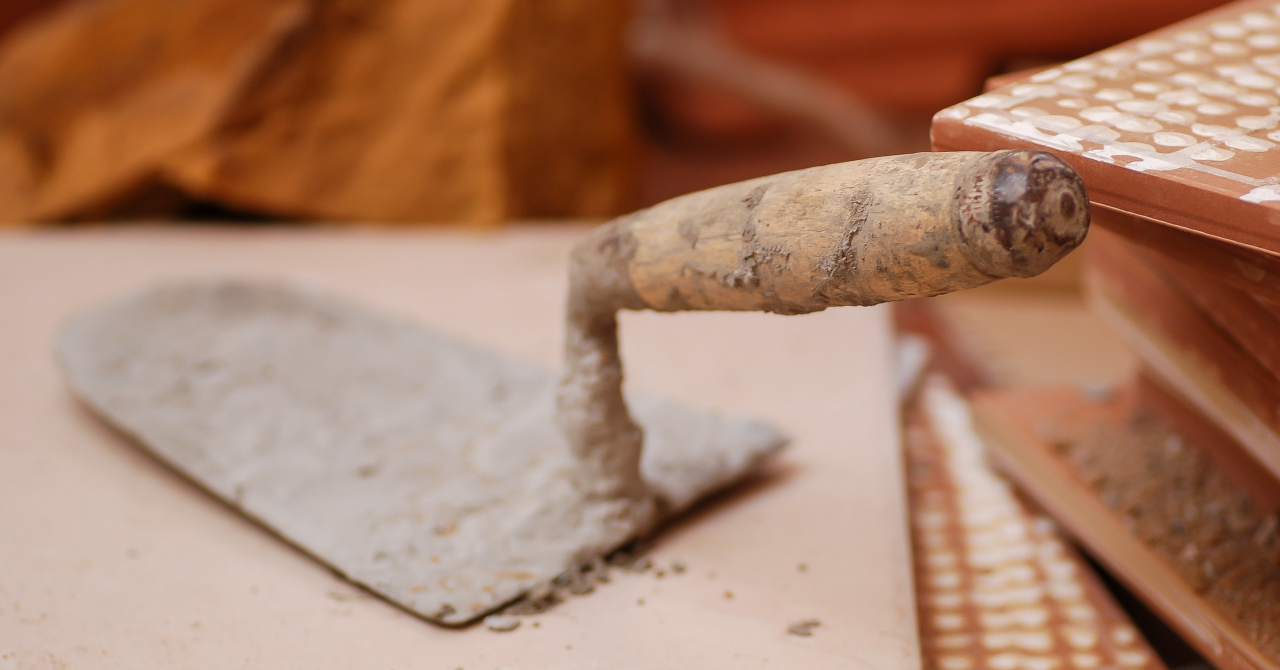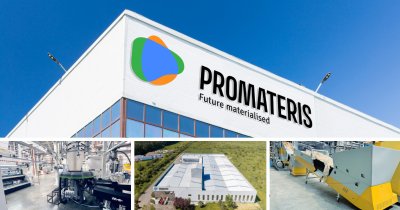Biocement is an alternative to regular cement that is being made by using bacteria to turn soil into solid blocks.
According to The Brighter Side, scientists at NTU used two common waste materials, industrial carbide sludge and urine from the mammals, in order to improve biocement.
Professor Chu Jian, Chair of the School of Civil and Environmental Engineering, who led the research, showed the concept in a paper that was published in the Journal of Environmental Chemical Engineering in February 2022, saying that this new biocement could become a sustainable and affordable method for soil improvement, such as strengthening the ground for construction and excavation or controlling beach erosion.
It can also be used as biogrout to seal cracks in rocks and even to fix monuments, such as rock carvings and even statues.
Professor Chu Jian, who is also the Director of NTU's Center for Urban Solutions, said that "biocement is a sustainable and renewable alternative to traditional cement and has great potential to be used for construction projects that require the ground to be treated."
"Our research makes biocement even more sustainable by using two types of waste material as its raw materials. In the long run, it will not only make it cheaper to manufacture biocement, but also reduce the cost involved for waste disposal", he added.
The new discovery supports the NTU 2025 strategic plan which aims to solve some of the issues that humanity faces, such as mitigating our impact on the environment through development in sustainability.
The process for obtaining biocement is more sustainable compared to the process of creating regular cement, since it requires less energy and generates less carbon emissions.
In order to create the alternative material, researchers first have to treat carbide sludge with an acid in order to obtain soluble calcium. After that, they add a bacterial culture to the cementation solution. The bacteria from the culture breaks down the urea in the solution to form carbonate ions.
The ions react with the soluble calcium ions in a process that is known as microbially induced calcite precipitation (MICP).
Finally, this reaction form calcium carbonate, which is a hard material naturally found in limestone and marble.
Researchers also stated that, despite the material being similar to limestone and marble, among other natural formations, it is renewable and gathering all the required elements to create it doesn't affect the environment.
"Limestone is a finite resource—once it's gone, it's gone. The mining of limestone affects our natural environment and ecosystem too", explains professor Chu.
Scientists were able to determine that soil reinforced with the new biocement has a compression strength of up to 1.7 megapascals, which is higher than the same soil reinforced with the same amount of regular cement.
Dr. Yang Yang, a former NTU Ph.D. student, research associate at the Center for Urban Solutions and the first author of the paper, said that "the calcium carbonate precipitation at various cementation levels strengthens the soil or sand by gradually filling out the pores among the particles. The biocement could also be used to seal cracks in soil or rock to reduce water seepage."
The team behind this project said that the overall cost production of biocement would be lower than that of traditional cement, if production could be scaled to the same production levels.
The new biocement developed by the team is also good for restoring monuments or statues, as it preserves their original color, which is why Dr. Yang Yang used the new material in order to repair multiple statues of Buddha in China.
 Mihai - Cristian Ioniță
Mihai - Cristian Ioniță












Any thoughts?